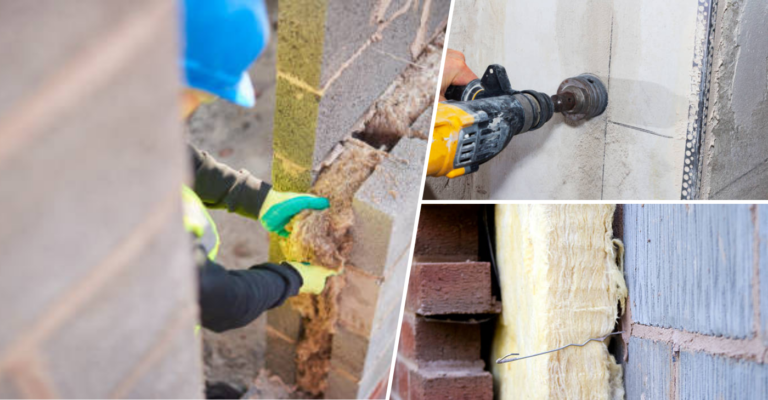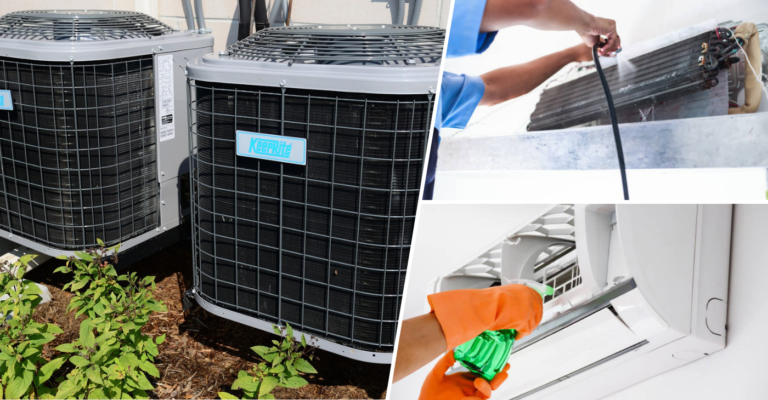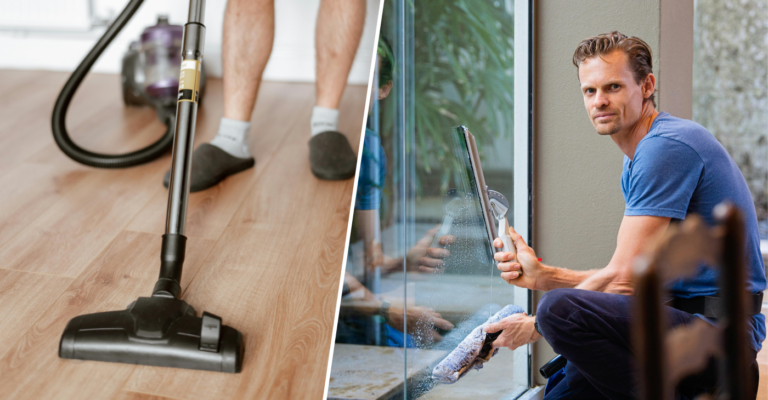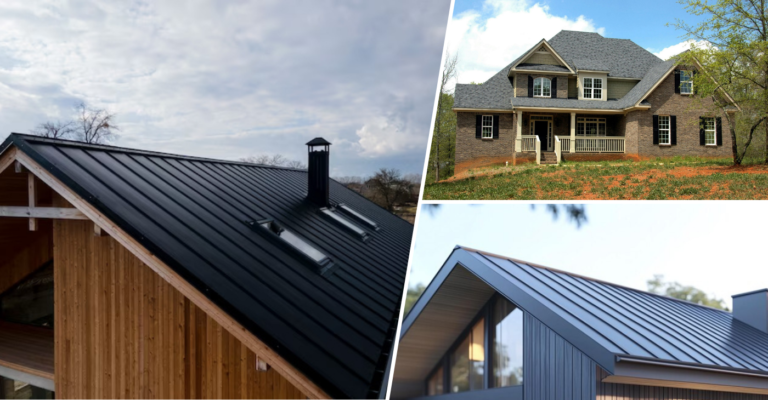Building decking on a slope – A comprehensive guide
Dreaming of expanding your outdoor living space but limited by a sloping yard?
Transforming that challenging terrain into a stunning and functional deck could be the perfect solution. Building decking on a slope not only maximizes the use of uneven land but also enhances the overall aesthetic and value of your property. By designing multi-tiered levels, you can create distinct areas for dining, lounging, and gardening, each offering unique perspectives and uses. Incorporating built-in seating, planters, and water features can further integrate the deck with its natural surroundings, turning your yard into an inviting oasis. The use of durable materials like pressure-treated lumber and composite decking ensures longevity and low maintenance, while thoughtful design elements such as non-slip surfaces and proper drainage systems enhance safety and functionality. With careful planning and execution, your sloping yard can become a beautiful, multi-functional outdoor space that meets all your needs and dreams.
Innovative deck designs for sloped landscapes
Innovative deck designs for sloped landscapes can transform challenging terrains into stunning, functional outdoor living spaces.
Multi-tiered decks are particularly effective, creating distinct levels that can serve different purposes such as dining, lounging, and gardening. These tiers not only enhance stability by distributing weight more evenly but also add visual interest and depth to the landscape. Incorporating built-in seating, planters, and even water features can further integrate the deck with its natural surroundings.
Floating decks, which appear to hover above the ground, offer a modern aesthetic and minimize ground disturbance. Using a combination of materials, such as composite decking with stone or metal accents, can create a unique and durable structure that complements the natural slope. Thoughtful lighting and railings enhance both safety and ambiance, making the deck a versatile extension of your home that is both beautiful and practical.
Utilizing BIM (Building information modeling) in building decking on a slope
Maximizing usable space
Sloped areas in your yard are often underutilized because they can be difficult to navigate and maintain. By building a deck, you transform this challenging terrain into a practical and attractive outdoor living area. This maximization of space is particularly valuable for smaller yards or properties with significant elevation changes.
Enhancing property value
A well-designed and properly constructed deck can significantly increase the value of your home. Potential buyers often see decks as desirable features that add both beauty and functionality to a property. A deck on a slope is not only a unique selling point but also demonstrates the effective use of challenging land.
Creating outdoor living areas
Decks provide an ideal setting for outdoor activities such as dining, entertaining, and relaxing. When built on a slope, a deck can offer stunning views and a sense of being elevated above the surrounding landscape, enhancing the outdoor experience. This new living space can be customized with features like built-in seating, planters, and even outdoor kitchens or fire pits.
Improving accessibility and safety
A sloped yard can be difficult and dangerous to traverse, especially for children and the elderly. A deck can create a safe, flat surface that makes the outdoors more accessible. With the addition of railings and well-designed stairs, you can significantly improve safety and ease of movement around your property.
Improved drainage and reducing erosion
Constructing a deck on a slope can help manage soil erosion and water runoff. The deck structure can stabilize the soil and provide a controlled pathway for water, preventing it from causing damage to your landscape. Proper drainage solutions incorporated into the deck design can further enhance this benefit, protecting your property from erosion and water-related issues.
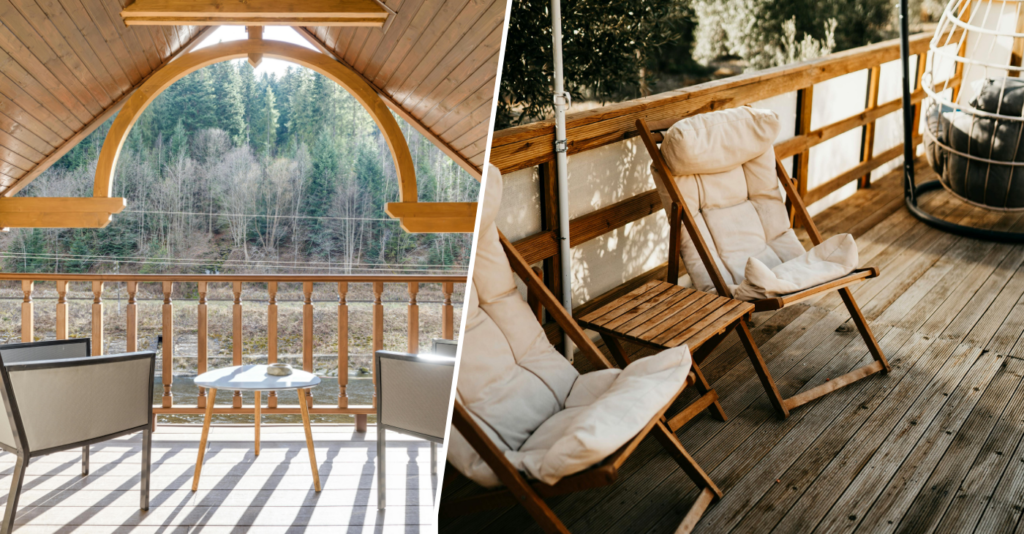
Factors to consider when building decking on a slope
Building a deck on a slope involves a unique set of challenges and considerations that differ significantly from constructing a deck on flat ground. To ensure a successful project, it’s essential to carefully evaluate and address several critical factors:
1. Assessing the slope
Gradient and soil type
Understanding the steepness of the slope and the type of soil is crucial. Steeper slopes and loose or clay soils require more substantial support structures to ensure stability and safety. Conduct a thorough assessment to determine the slope’s gradient and soil characteristics.
Drainage patterns
Evaluate how water flows across the slope. Proper drainage planning is essential to prevent water accumulation around the deck’s foundation, which can lead to erosion and structural instability.
2. Structural support
Deep footings
To anchor the deck securely, install deep footings that reach stable ground below the slope. This often involves digging deeper holes and using longer posts or concrete piers to provide a solid foundation.
Retaining walls
Incorporating retaining walls can help stabilize the soil and provide additional support for the deck. Retaining walls also prevent soil erosion and can be integrated into the deck design for a cohesive look.
Multi-tiered design
Consider designing a multi-tiered deck to distribute weight more evenly and adapt to the slope’s contour. Multi-tiered decks are not only more stable but also create visually appealing and functional outdoor spaces.
3. Material Selection
Pressure- treated lumber
Use pressure-treated lumber for all structural components to resist moisture, insects, and decay. This type of wood is treated to withstand outdoor conditions, ensuring the longevity of your deck.
Composite decking
Opt for composite decking materials for the deck surface. Composite decking is durable, low-maintenance, and resistant to weathering, making it an excellent choice for sloped installations.
Non-slip surfaces
Safety is paramount on a slope. Choose non-slip decking materials to prevent accidents, especially during wet conditions.
4. Design and aesthetics
Integration with landscape
Design the deck to blend seamlessly with the natural landscape. This includes considering the view, existing vegetation, and the overall aesthetic of your property.
Functional zones
Plan for different functional zones within the deck, such as dining areas, lounging spaces, and pathways. Multi-tiered decks can help create distinct areas for various activities.
5. Legal and regulatory considerations
Building codes and permits
Check local building codes and regulations for building decking on a slope. Obtain necessary permits and ensure your design complies with all safety and structural requirements.
Professional consultation
Consider consulting with a structural engineer or professional deck builder, especially for steep slopes or complex designs. Professional expertise can help ensure the deck’s safety and stability.
6. Construction techniques
Accurate measurements
Ensure precise measurements of the area, slope, and materials. Accurate measurements are critical for cutting and assembling components correctly.
Proper tools and equipment
Use appropriate tools and equipment for working on a slope. This includes stabilizing ladders, scaffolding, and specialized drilling or digging equipment for deep footings.
Step-by-step construction
Follow a step-by-step construction process, starting with the foundation and moving through framing, decking, and finishing touches. Careful sequencing helps maintain stability and ensures a high-quality build.

Maintenance tips for decks built on slopes
Regular inspection
Regularly inspect the deck’s structural components, including posts, beams, joists, and footings, for signs of rot, cracks, or shifting. Ensure all fasteners and connections are secure and free from corrosion. Tightening loose connections and replacing rusted hardware helps maintain the deck’s stability and safety.
Cleaning and sealing
Keep the deck clean by removing leaves, dirt, and debris regularly. Power wash the deck occasionally to remove deep-seated dirt and grime. Apply a high-quality sealant or stain annually to protect the wood from moisture, UV rays, and wear, preventing rot and extending the deck’s lifespan.
Drainage management
Ensure that drainage pipes and gravel systems are functioning correctly to direct water away from the deck’s foundation. Regularly inspect and adjust the grading around the deck to maintain proper water flow and prevent erosion, protecting the structural integrity of the deck.
Addressing settling and shifting
Monitor the deck for signs of settling and shifting, such as uneven surfaces, gaps, or misaligned components. Be prepared to make minor adjustments to supports and footings to maintain the deck’s level and stability, ensuring a safe and durable structure.
Preventing pest infestations
Inspect the deck for signs of termite activity and use termite-resistant materials. Consider applying termite treatments as a preventative measure. Keep the space beneath the deck clear of debris and food sources to deter rodents, and install barriers to prevent animals from nesting under the deck.
Seasonal maintenance
Before winter, clean the deck thoroughly and apply a fresh coat of sealant. Remove planters or furniture that can trap moisture. After winter, inspect for damage caused by snow and ice, perform necessary repairs, and reapply sealant if needed. Regular seasonal maintenance helps preserve the deck’s condition and functionality.
Summary
Building decking on a slope offers numerous benefits, including maximizing usable space, enhancing property value, and creating versatile outdoor living areas. Despite the challenges of structural stability and drainage, these can be effectively managed with careful planning, innovative designs, and the right materials. Regular maintenance is essential to preserve the deck’s condition and functionality. By addressing these factors, you can transform challenging terrain into a valuable and beautiful asset for your property.
FAQs
Q1: What are the main challenges of building a deck on a slope?
- A1: The main challenges include ensuring a stable foundation, dealing with water runoff and drainage, and designing a structure that integrates well with the landscape. Proper planning and the right techniques can help overcome these challenges.
Q2: What materials are best for building a deck on a slope?
- A2: Durable, weather-resistant materials such as pressure-treated wood, composite decking, and metal fasteners are ideal. These materials withstand the elements better and require less maintenance over time.
Q3: How do I measure the slope for a deck?
- A3: Measure the slope by determining the rise (vertical height) and run (horizontal distance). This can be done using a level and a tape measure. Knowing the slope’s gradient will help in designing the deck’s foundation and structure.
Q4: Do I need permits to build a deck on a slope?
- A4: Most areas require permits for deck construction, especially on slopes. Check with your local building department for specific requirements and ensure that your design complies with local building codes and regulations.
Q5: How do I ensure proper drainage for a deck on a slope?
- A5: Proper drainage can be ensured by incorporating a slight slope in the deck surface away from the house, using gravel or drainage pipes under the deck, and installing gutters and downspouts to manage water runoff.
Q6: Can I build a multi-level deck on a slope?
- A6: Yes, multi-level decks are an excellent option for sloped terrain. They can create multiple usable outdoor spaces and blend seamlessly with the natural landscape, making them both functional and visually appealing.
Q7: How do I maintain a deck built on a slope?
- A7: Regular maintenance includes cleaning the deck, inspecting for loose boards or structural issues, sealing or staining the wood to protect against moisture, and ensuring proper drainage to prevent water damage.
Q8: Can I DIY a deck on a slope, or should I hire a professional?
- A8: Building a deck on a slope can be complex and requires careful planning and construction skills. If you have experience and confidence in your abilities, you can DIY. However, for larger or more challenging projects, hiring a professional is recommended to ensure safety and durability.
Q9: How much does it cost to build a deck on a slope?
A9: The cost varies based on the deck size, materials used, slope steepness, and labor. Building on a slope can be more expensive due to the need for a more robust foundation and additional engineering. It’s best to get estimates from multiple contractors to understand the potential costs.



